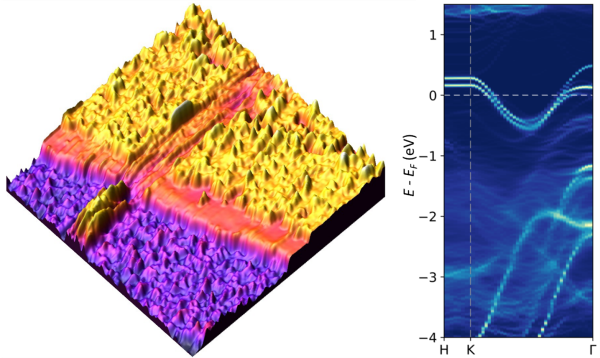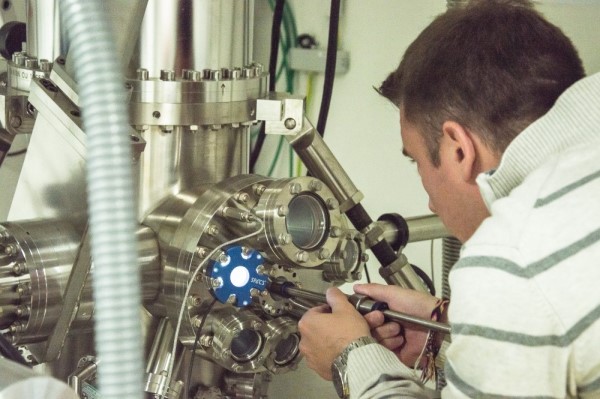
The new study by the research team from the Faculty of Science at UPJŠ in Košice contributes to the development of robust topological quantum computers using Ising superconductivity. This phenomenon was demonstrated in 2016 in the two-dimensional material NbSe2 [1]. Its significance lies primarily in the non-trivial topology of electron bands. This unique quantum property makes it suitable for use in constructing topologically protected quantum computers [2]. However, two-dimensional materials are impractical, and adding more layers of NbSe2 gradually suppresses this phenomenon.
The international research group led by Mgr. Tomáš Samuely, PhD., from the Institute of Physical Sciences at UPJŠ in Košice, in the latest study, demonstrated the presence of this phenomenon in bulk samples based on NbSe2 and elucidated the physical principles that enable the preservation of Ising superconductivity in three-dimensional materials. This study was published in the journal Physical Review B as a Letter [3] and is recorded in the prestigious Nature Index database [4]. This confirms the high quality and international recognition of experimental and theoretical physics at FoS UPJŠ and SAS in Košice.

Illustrative images of a scanning tunneling microscope











